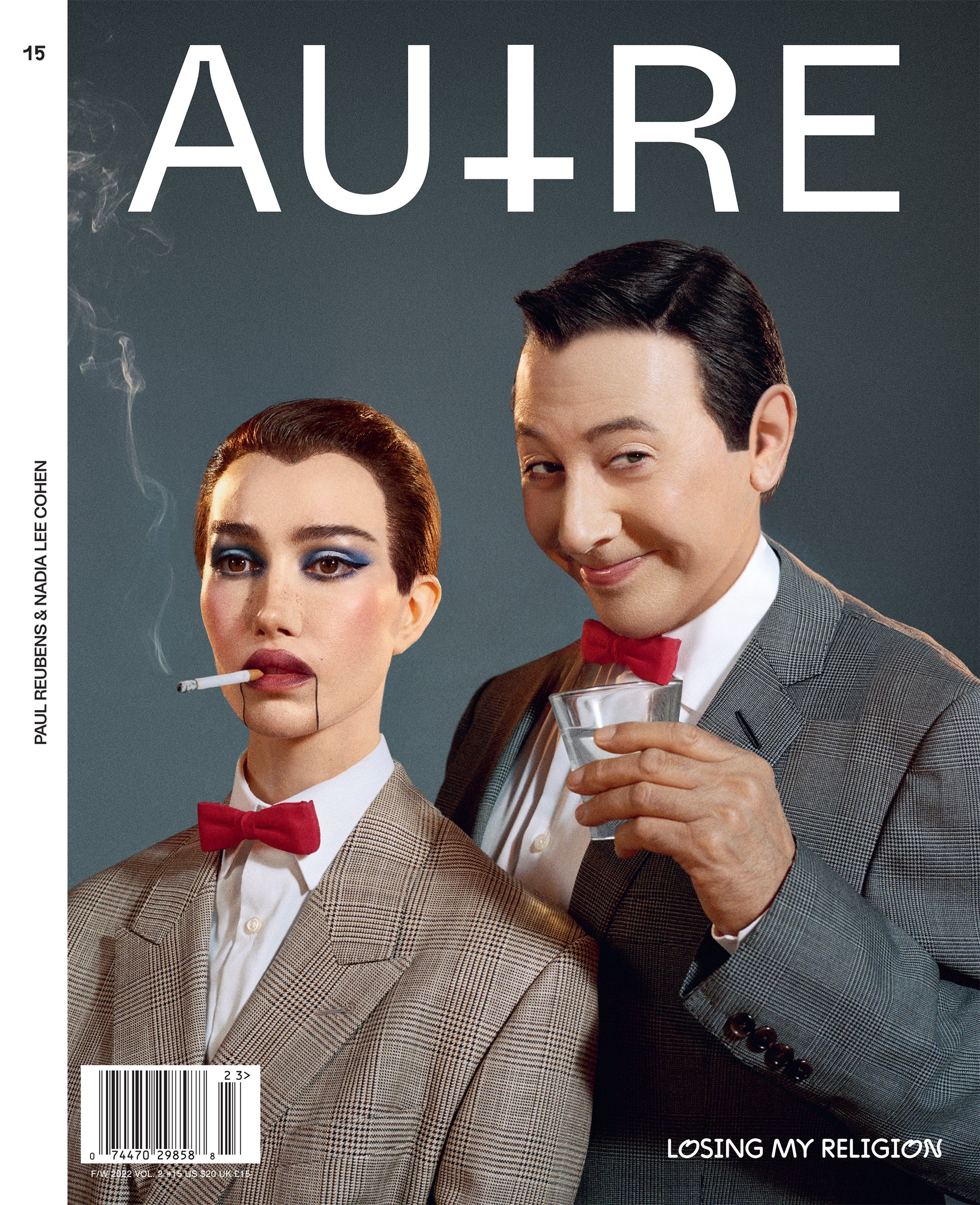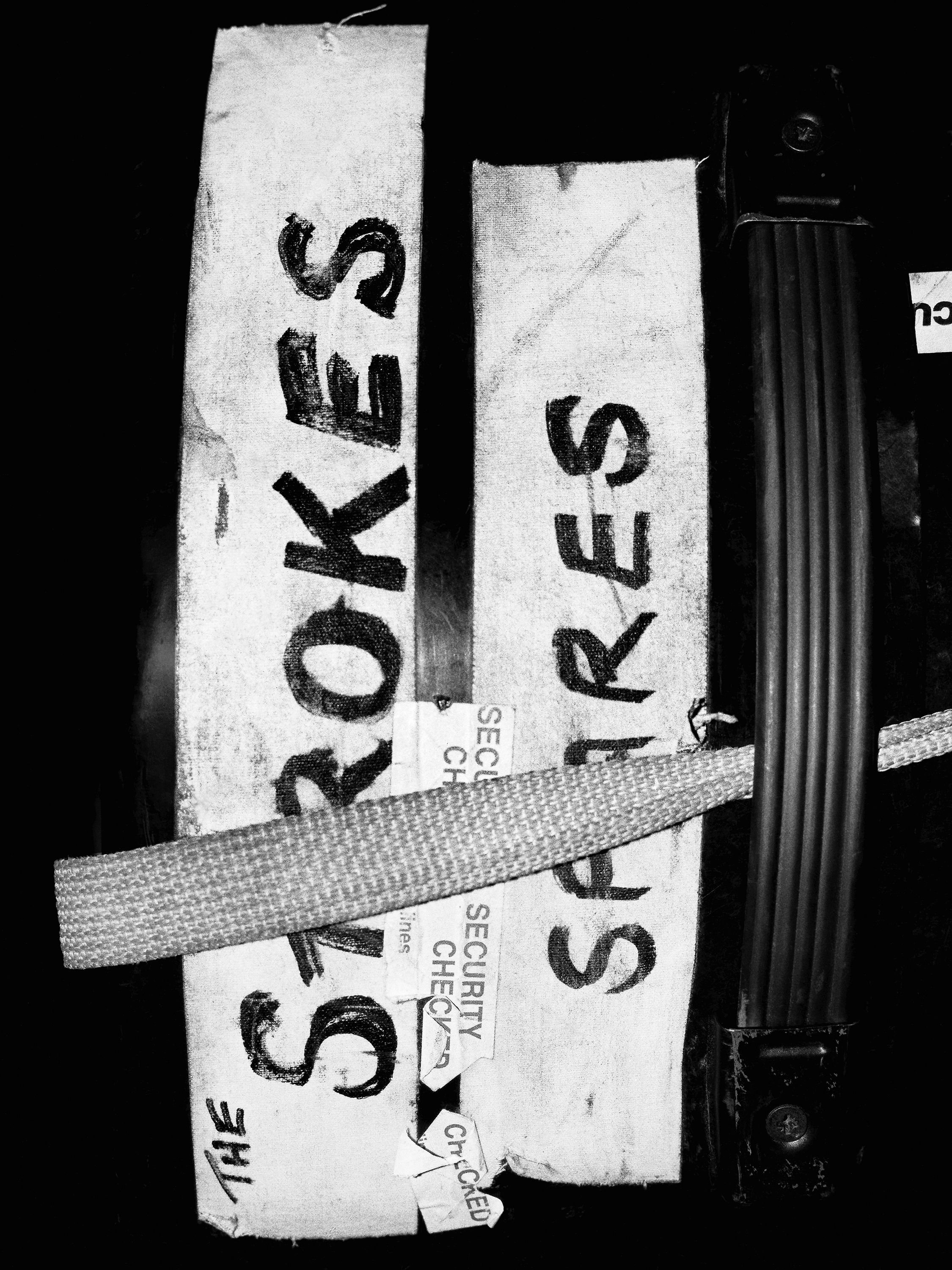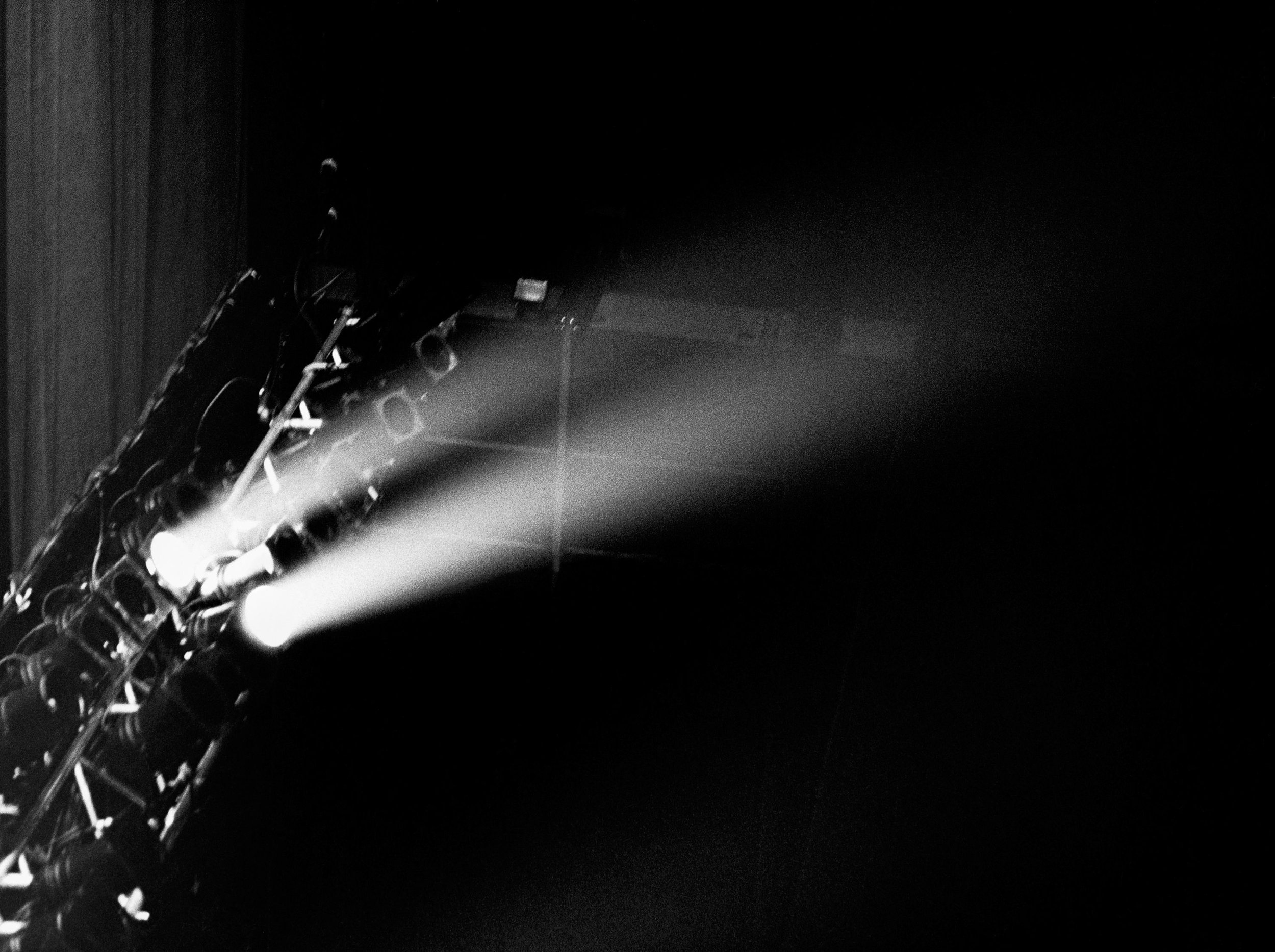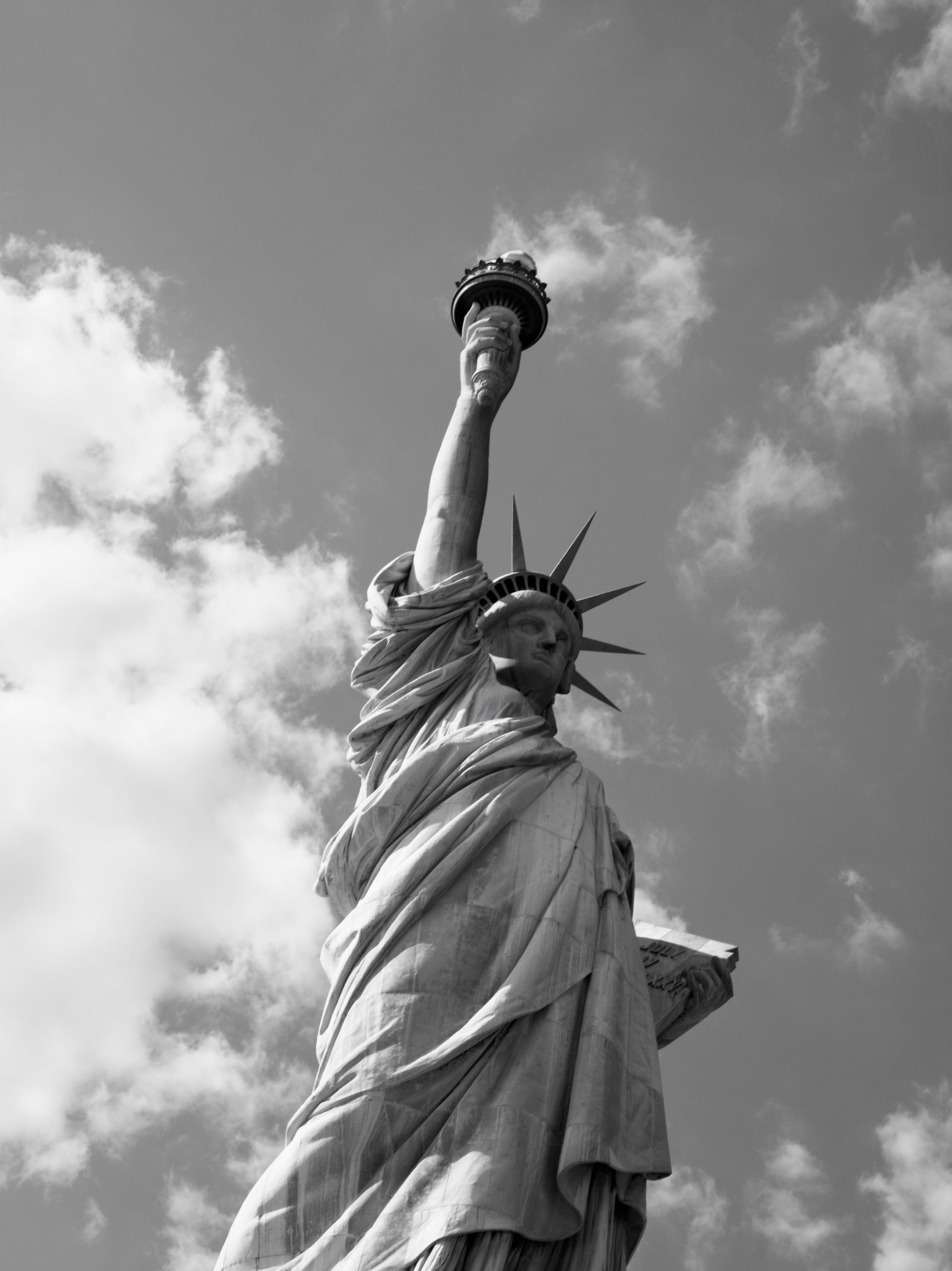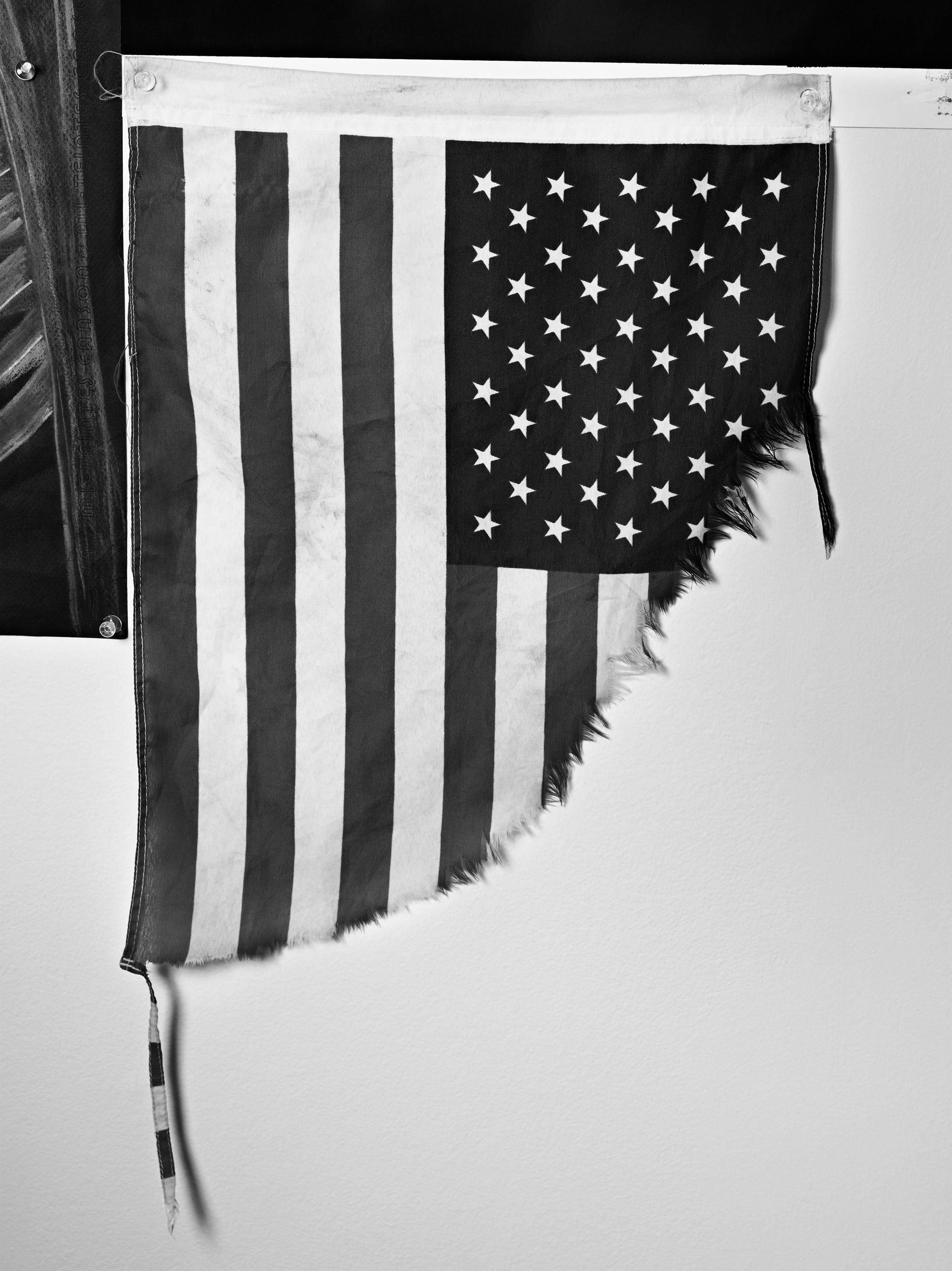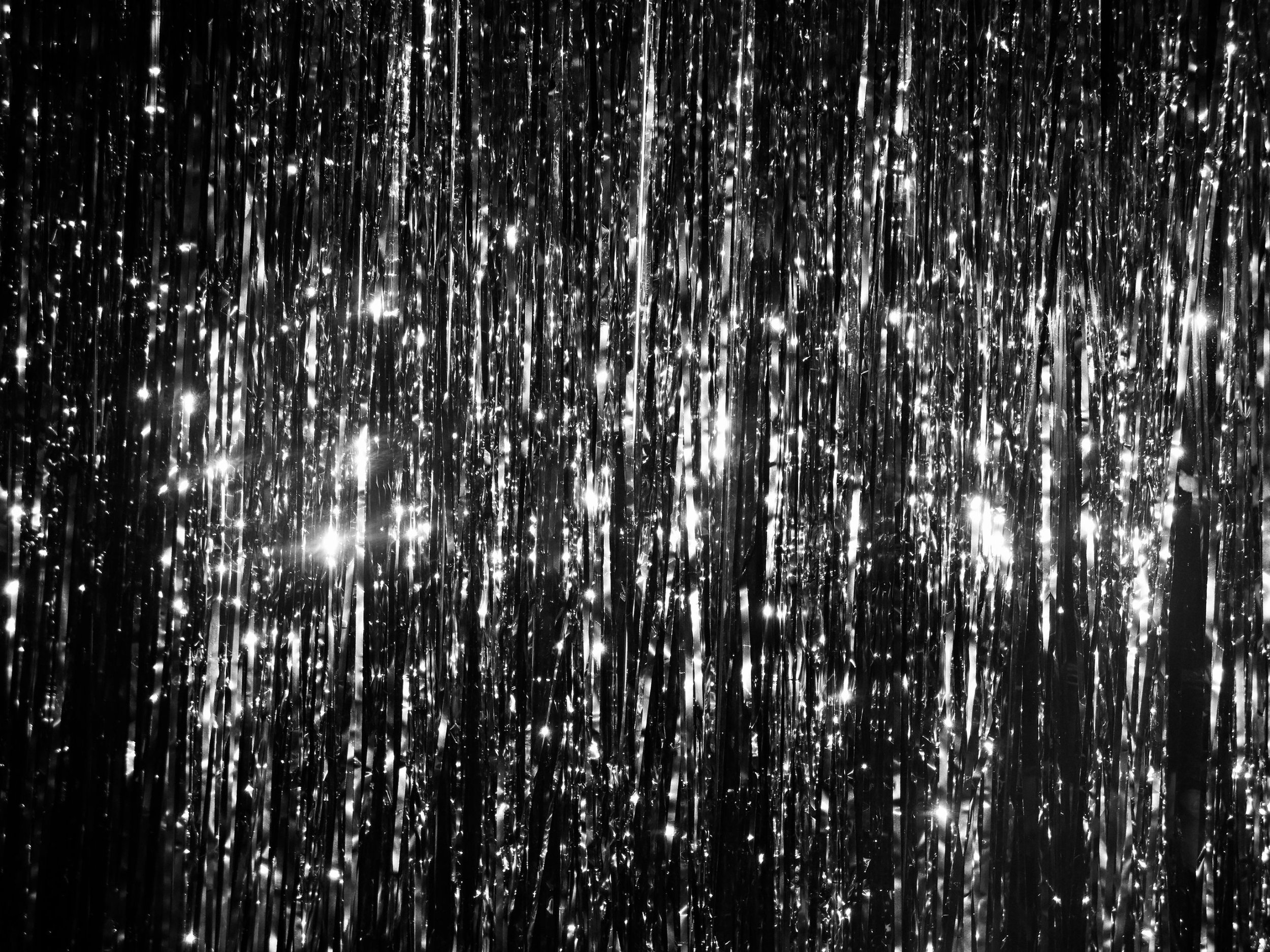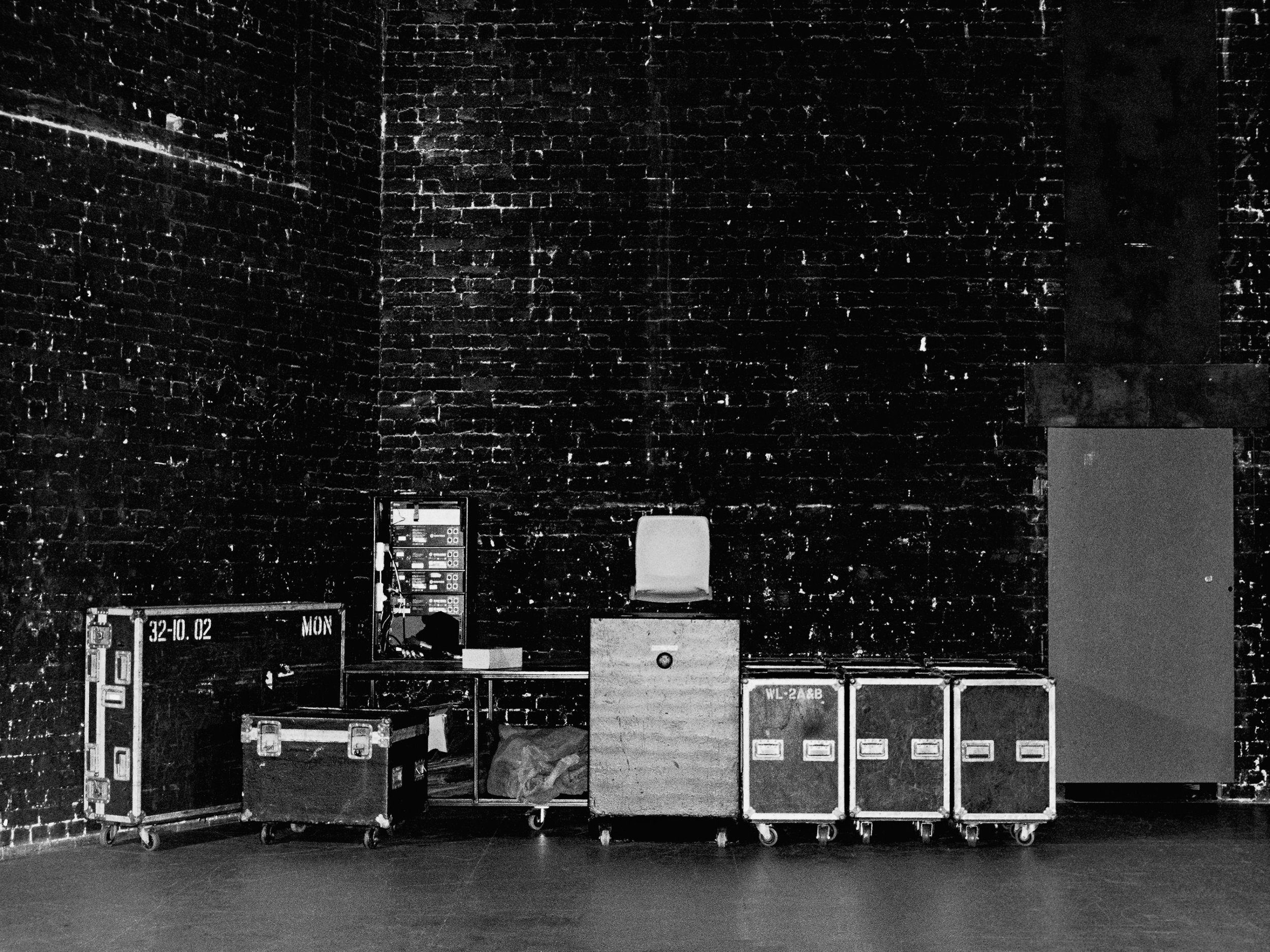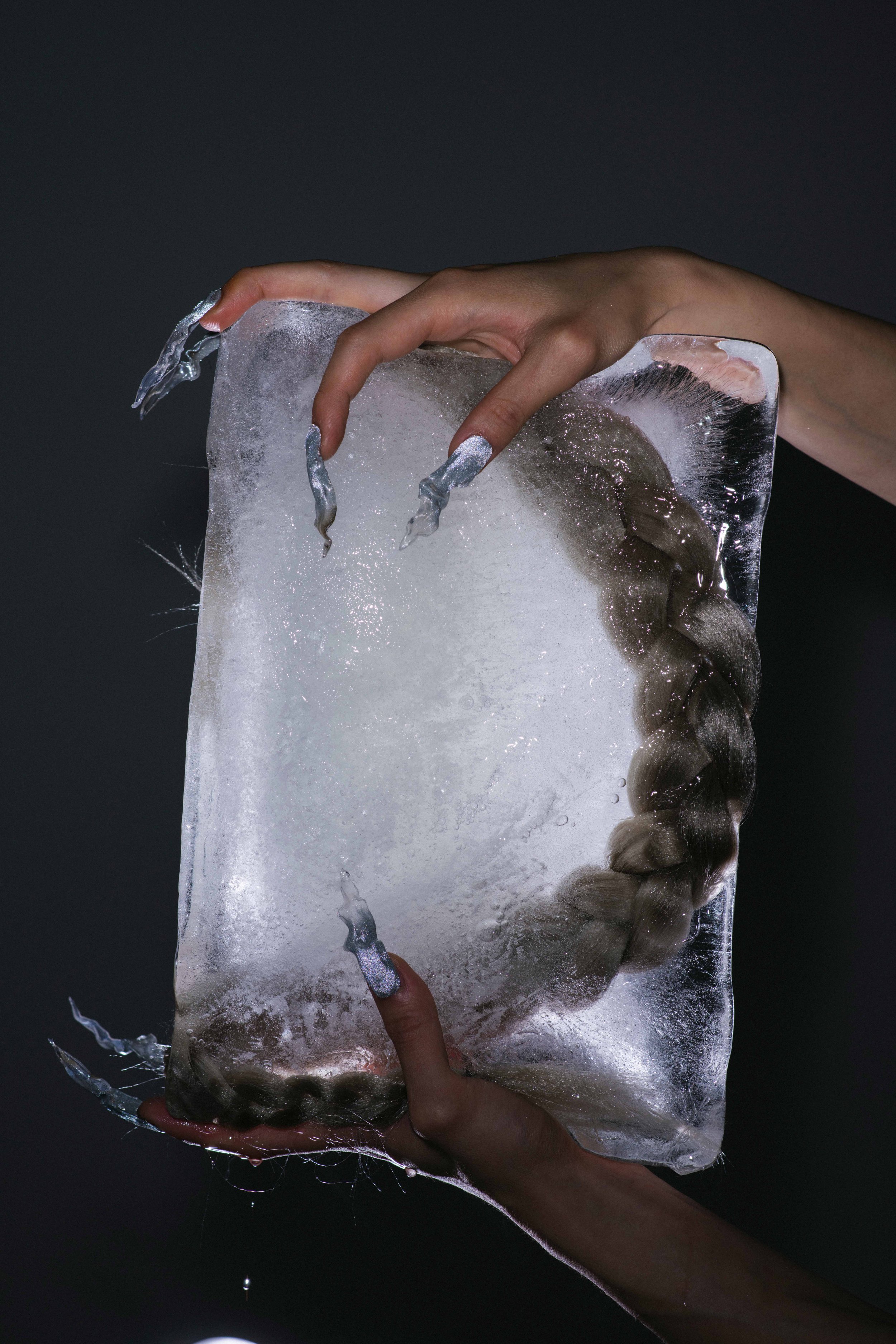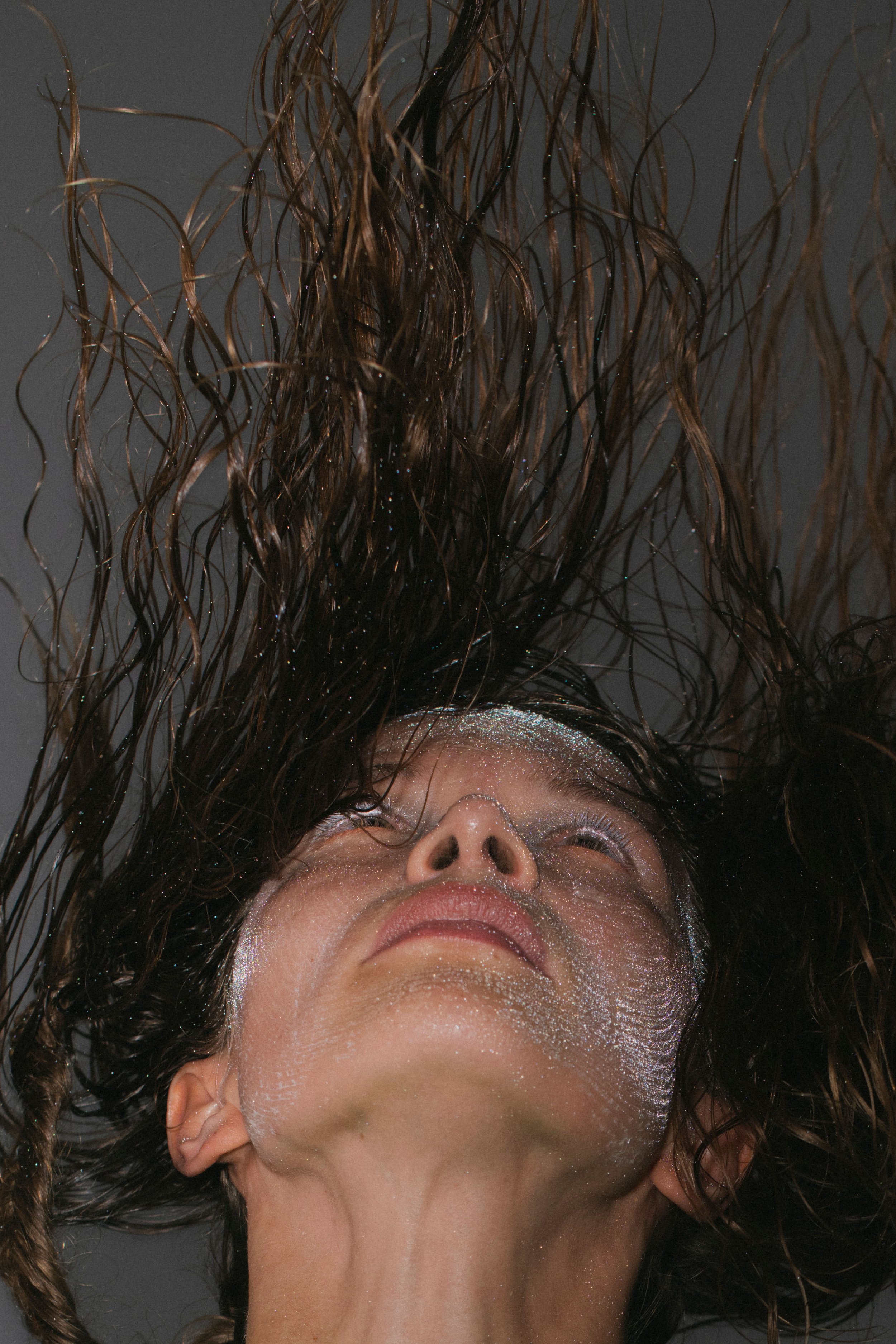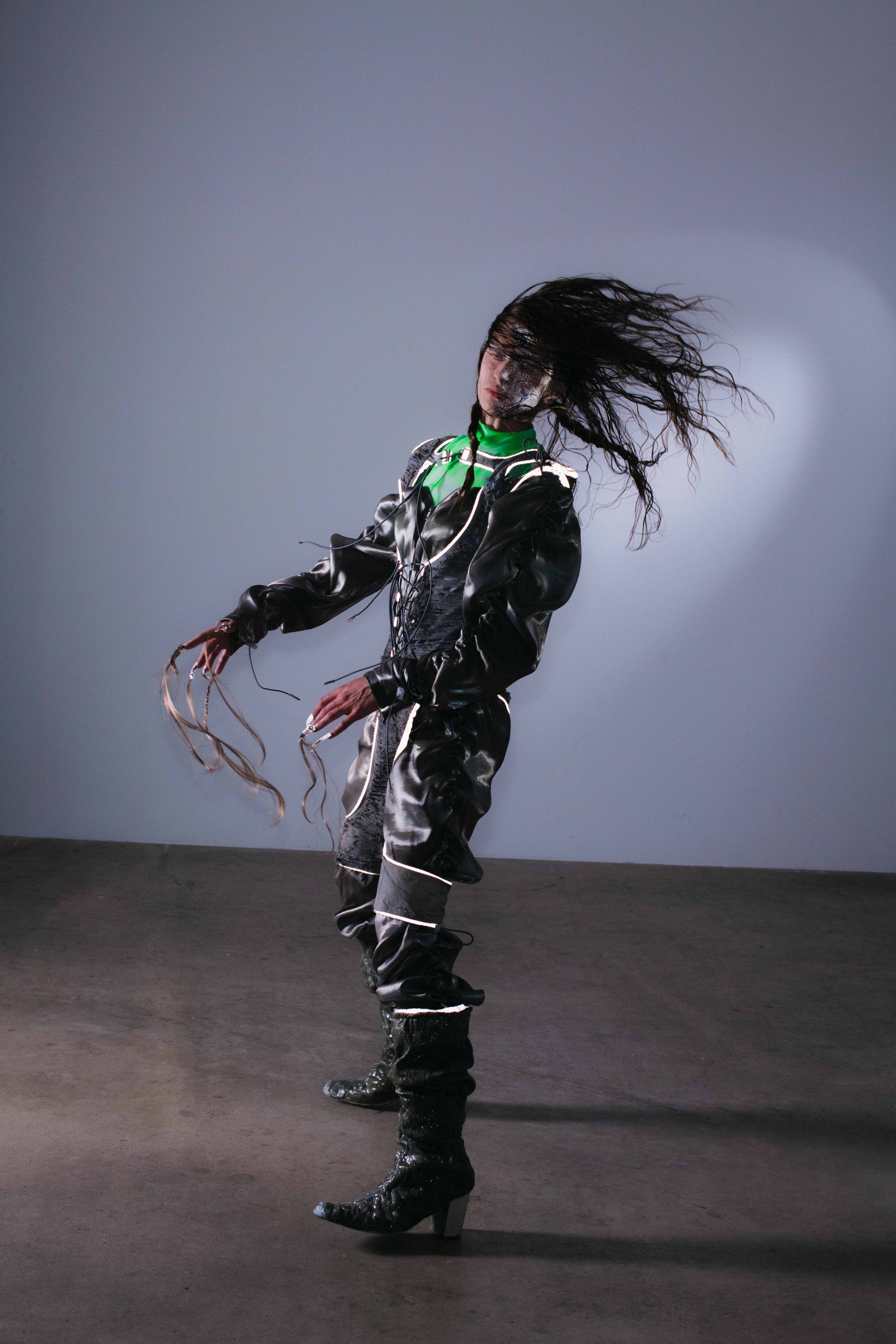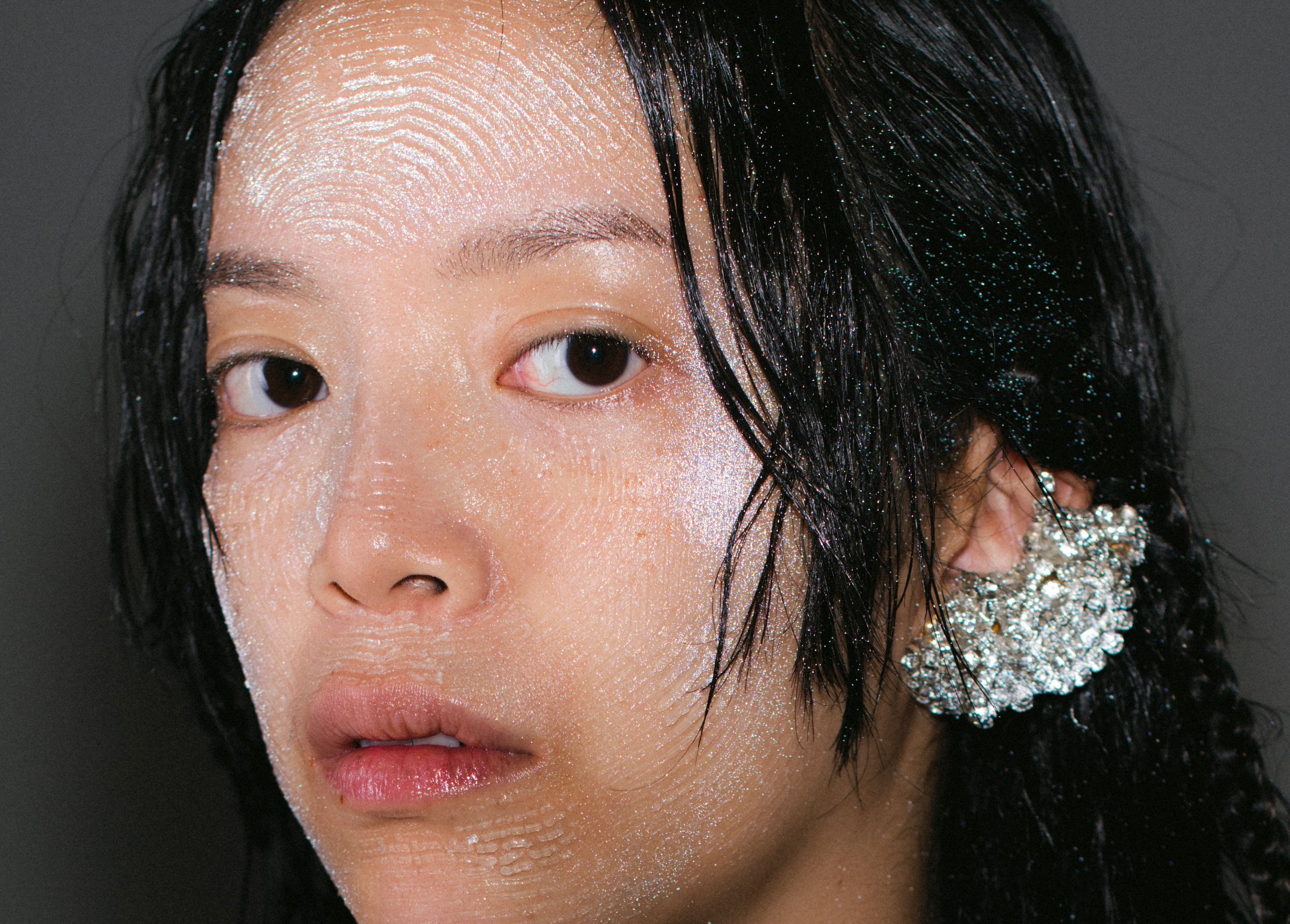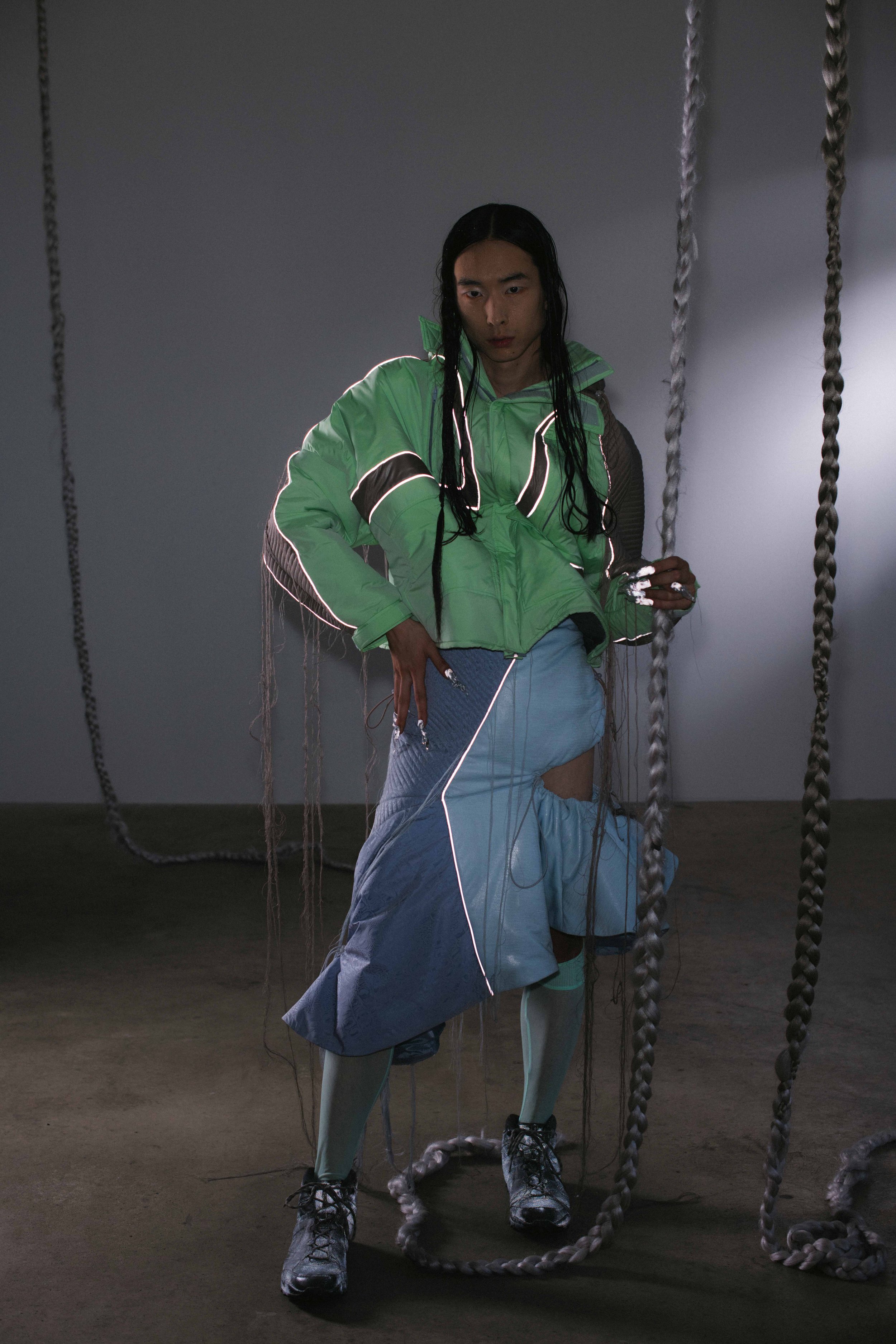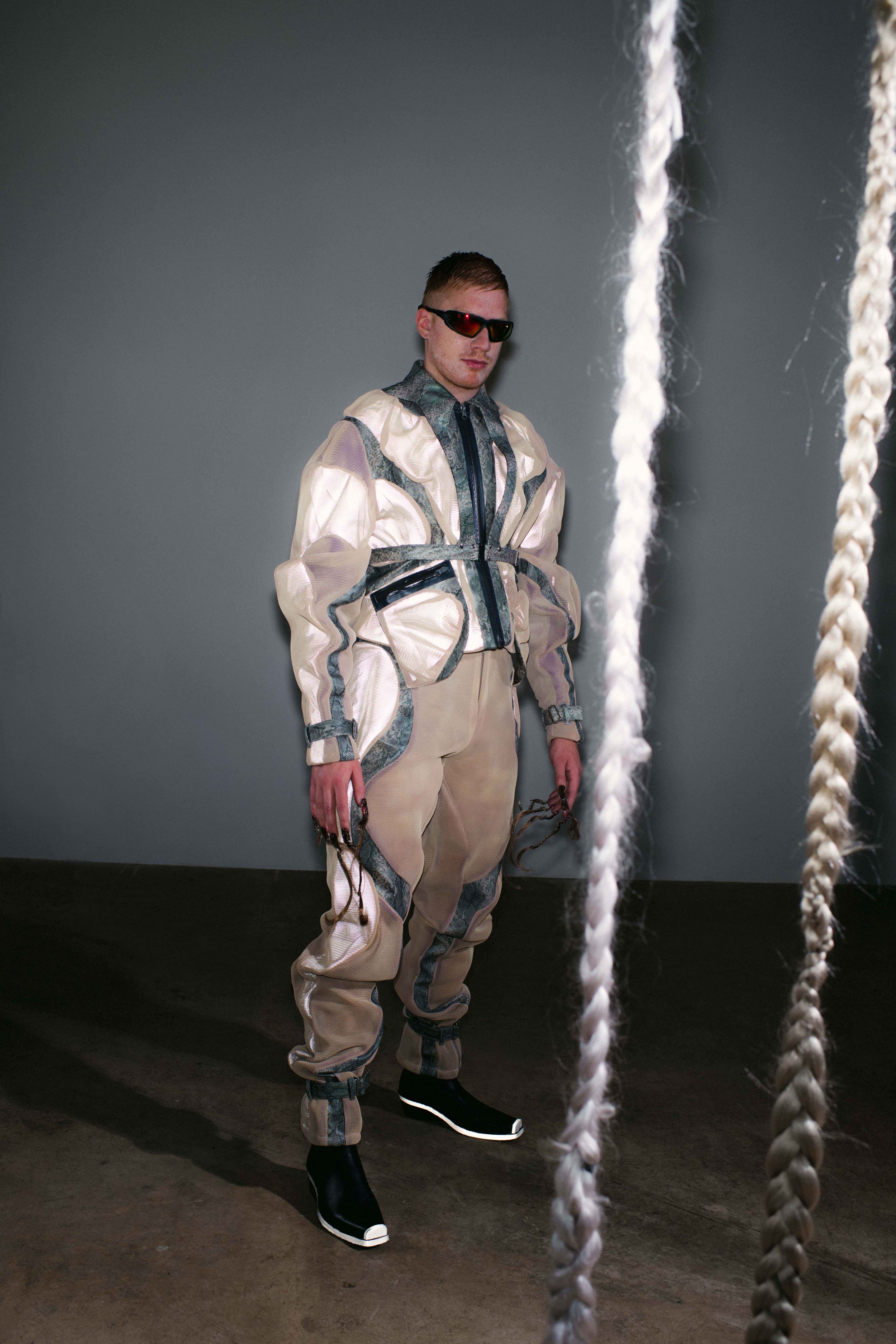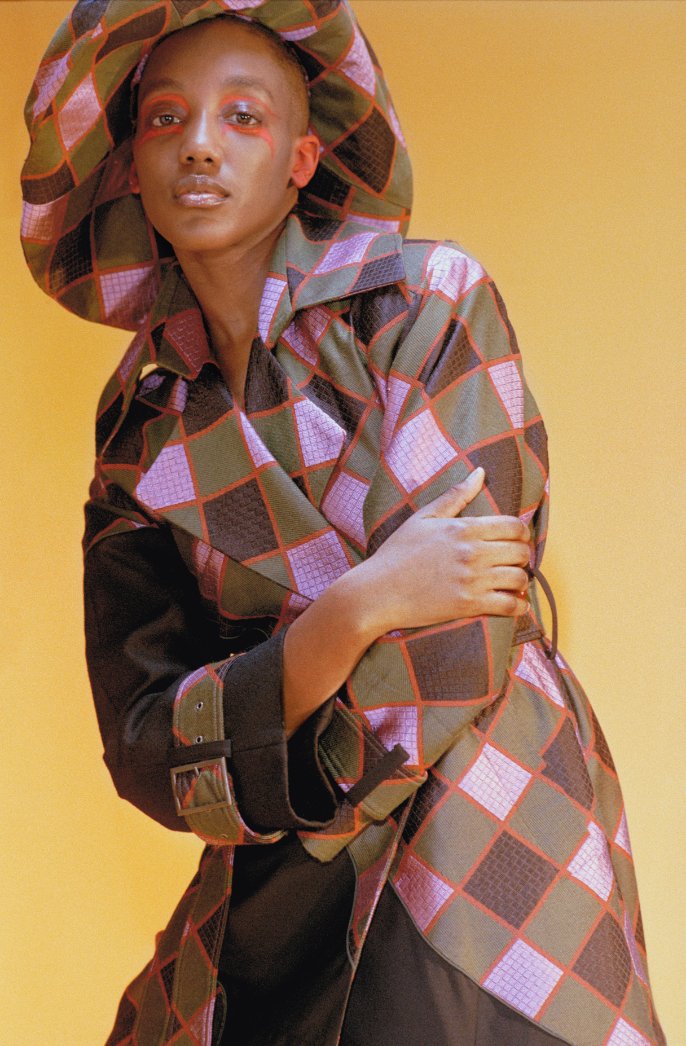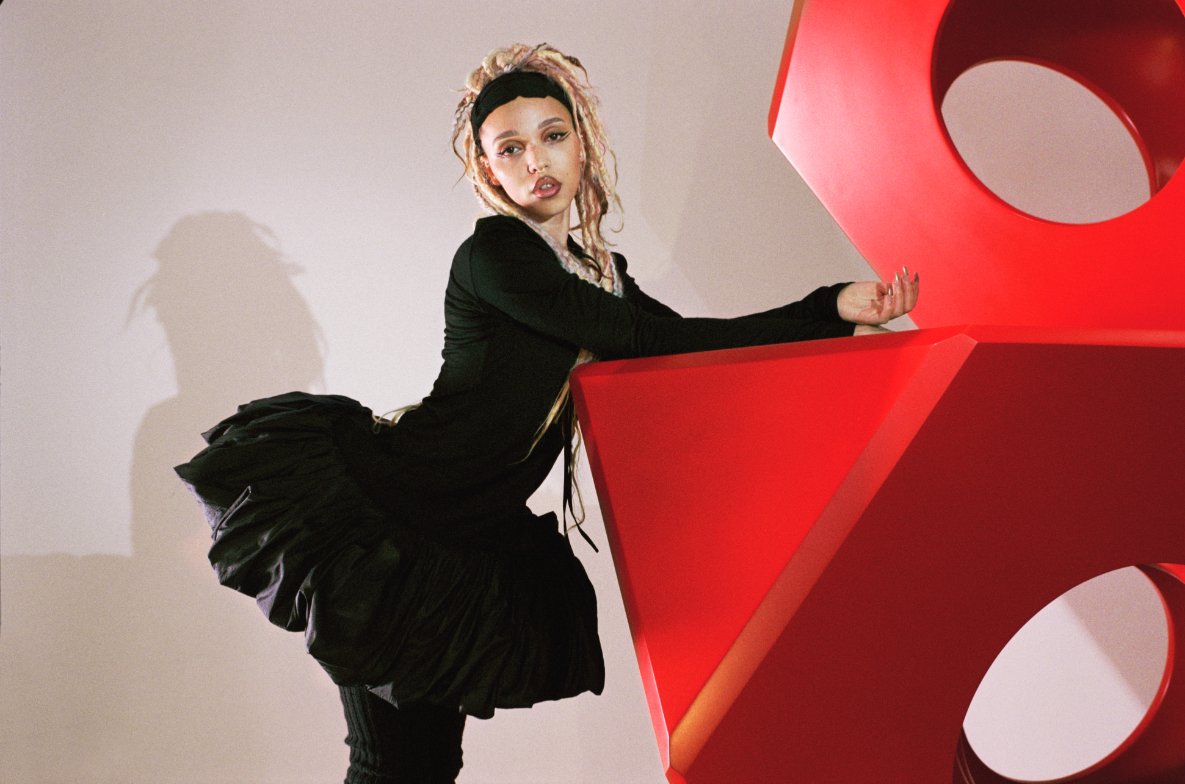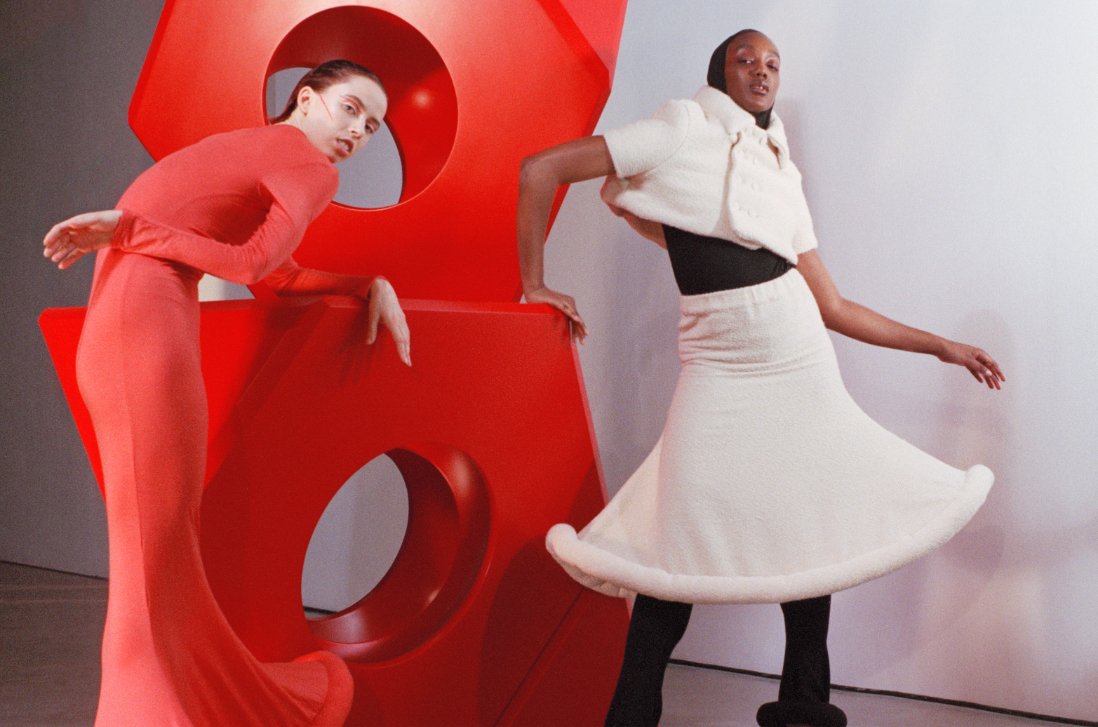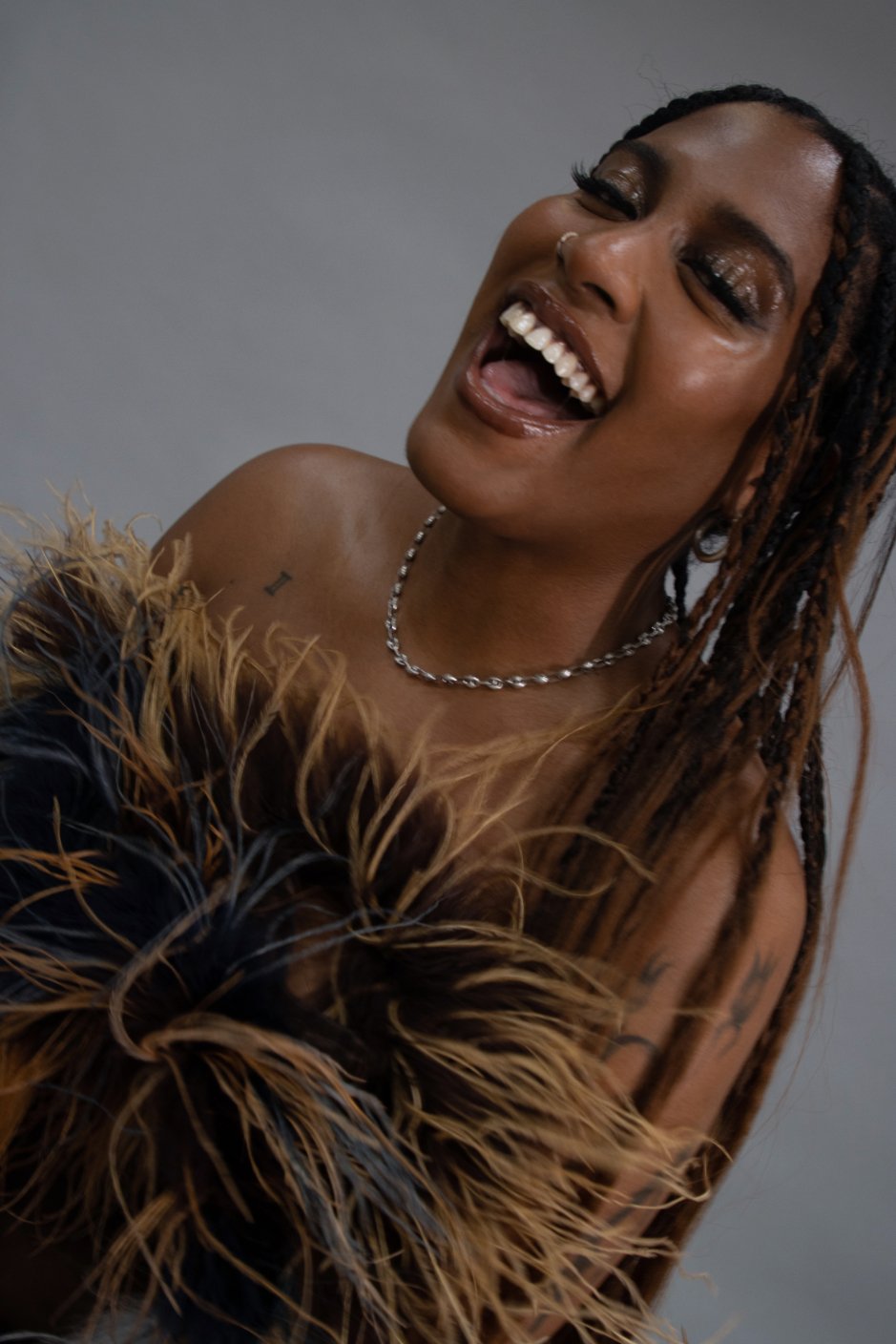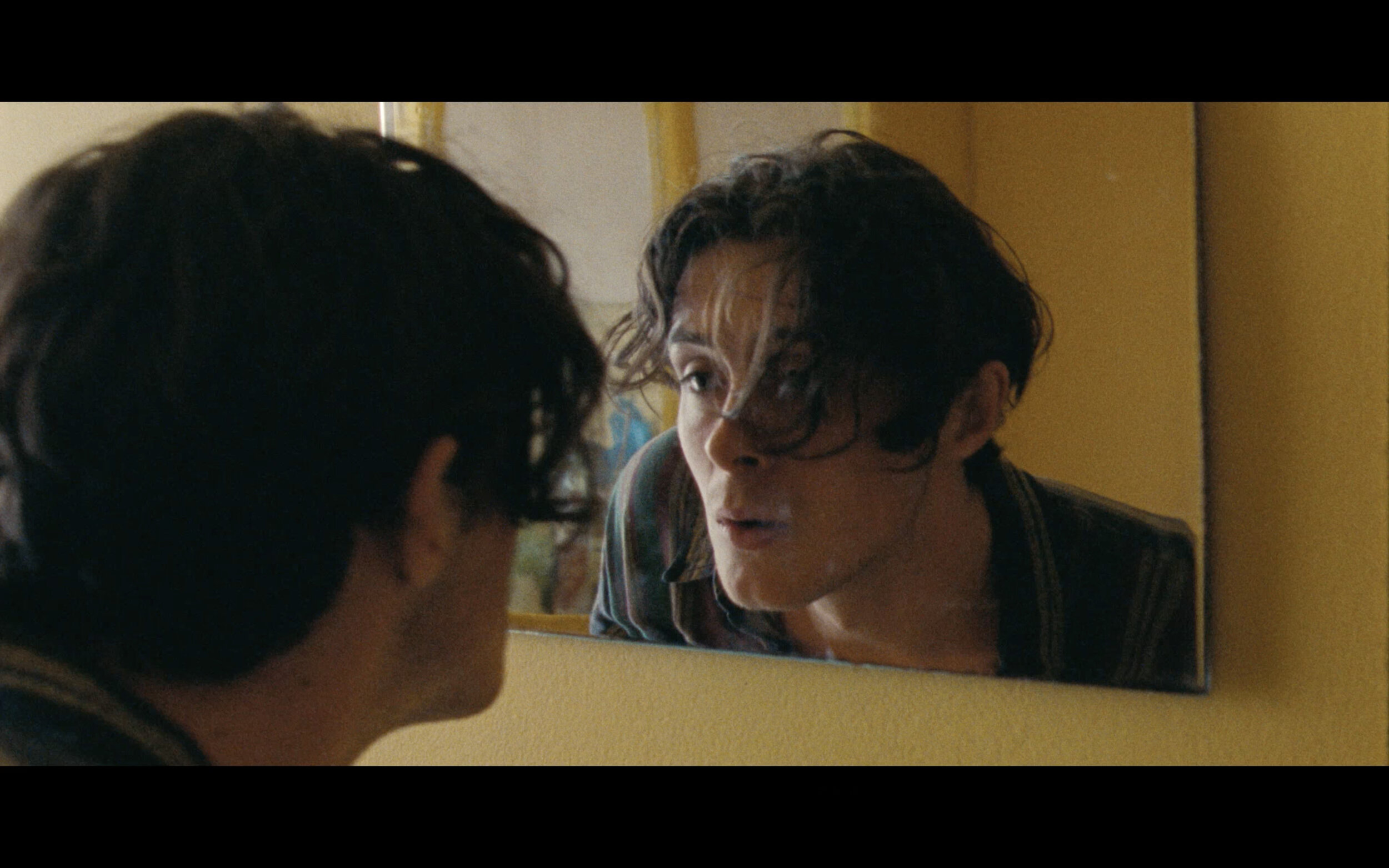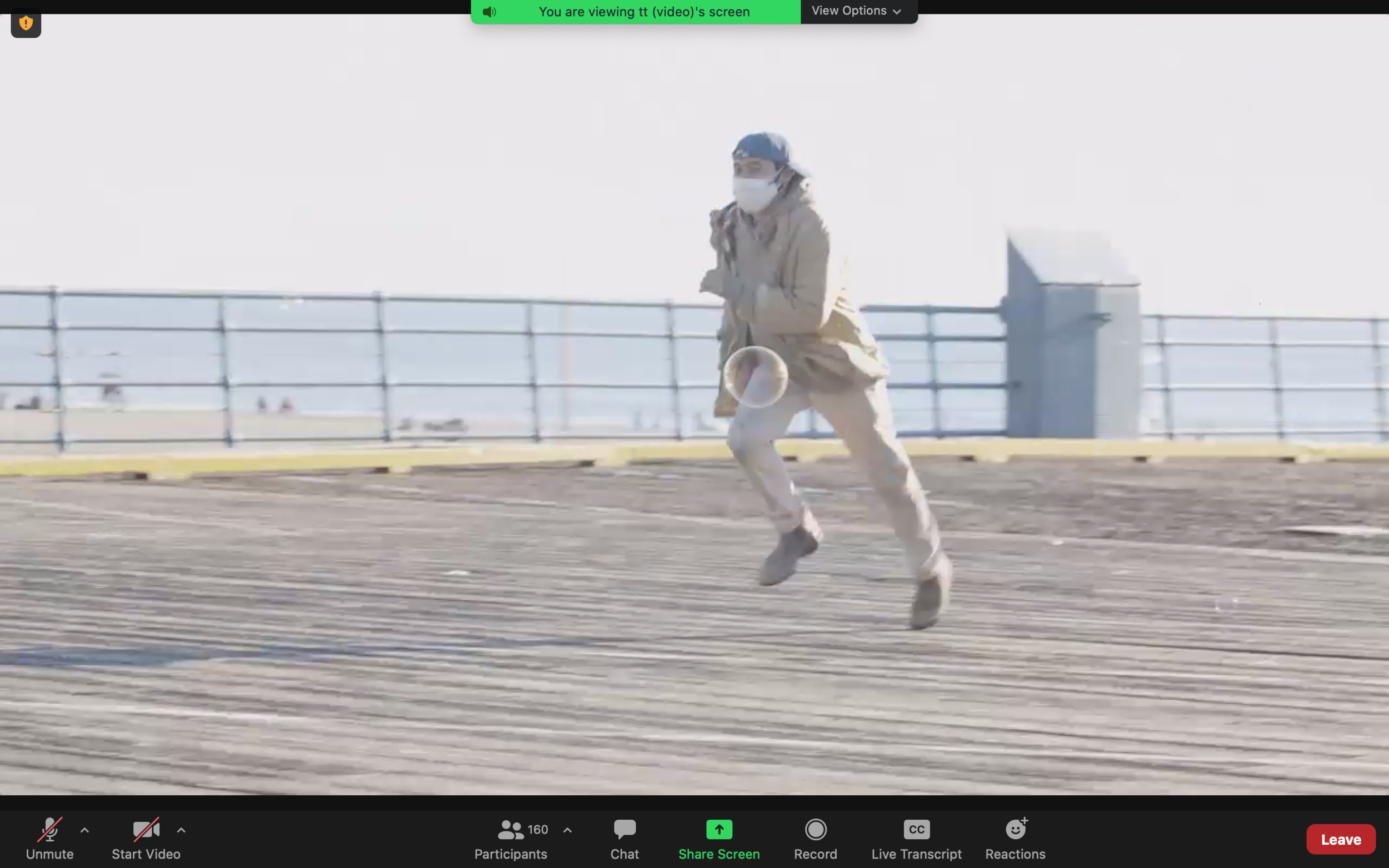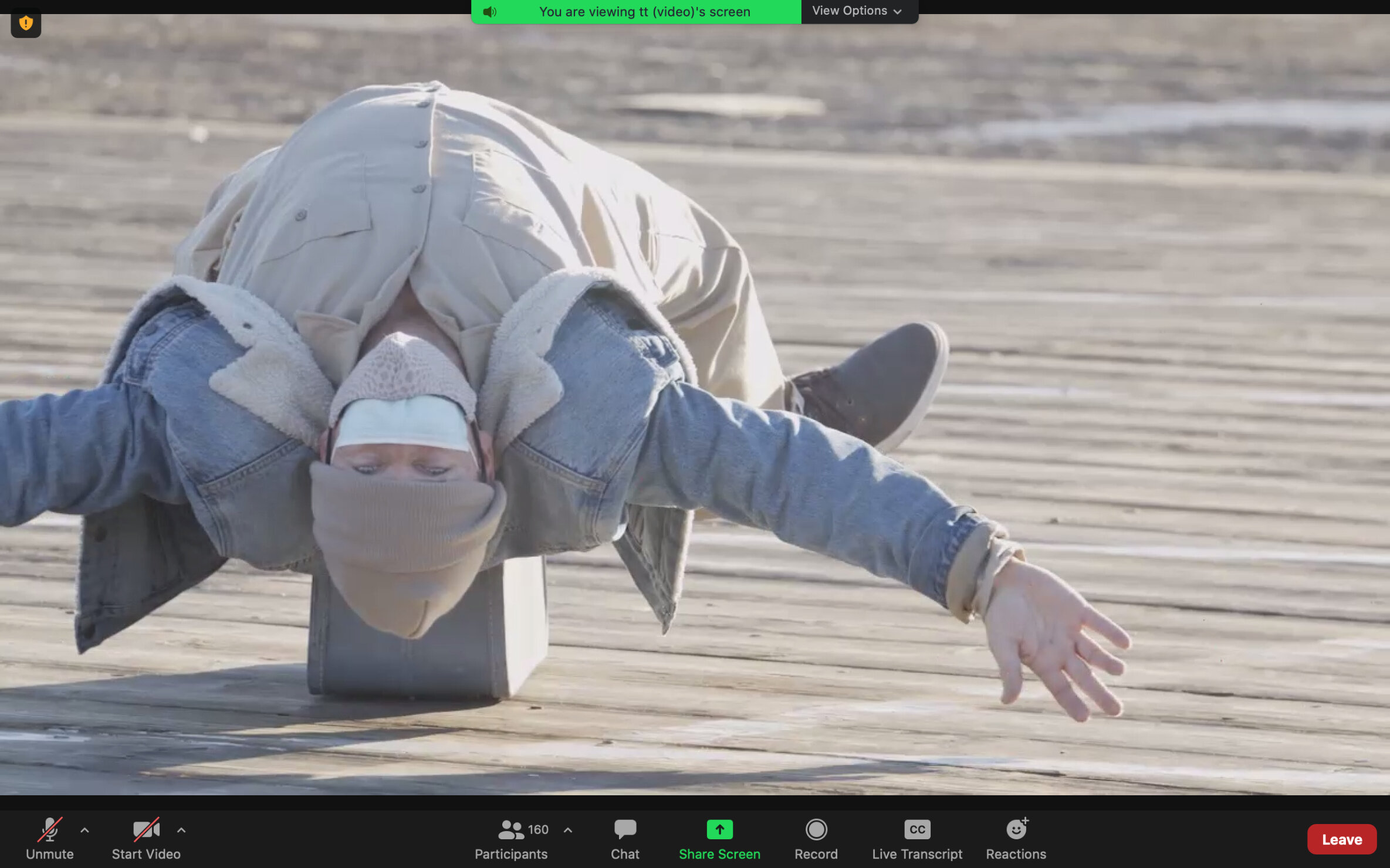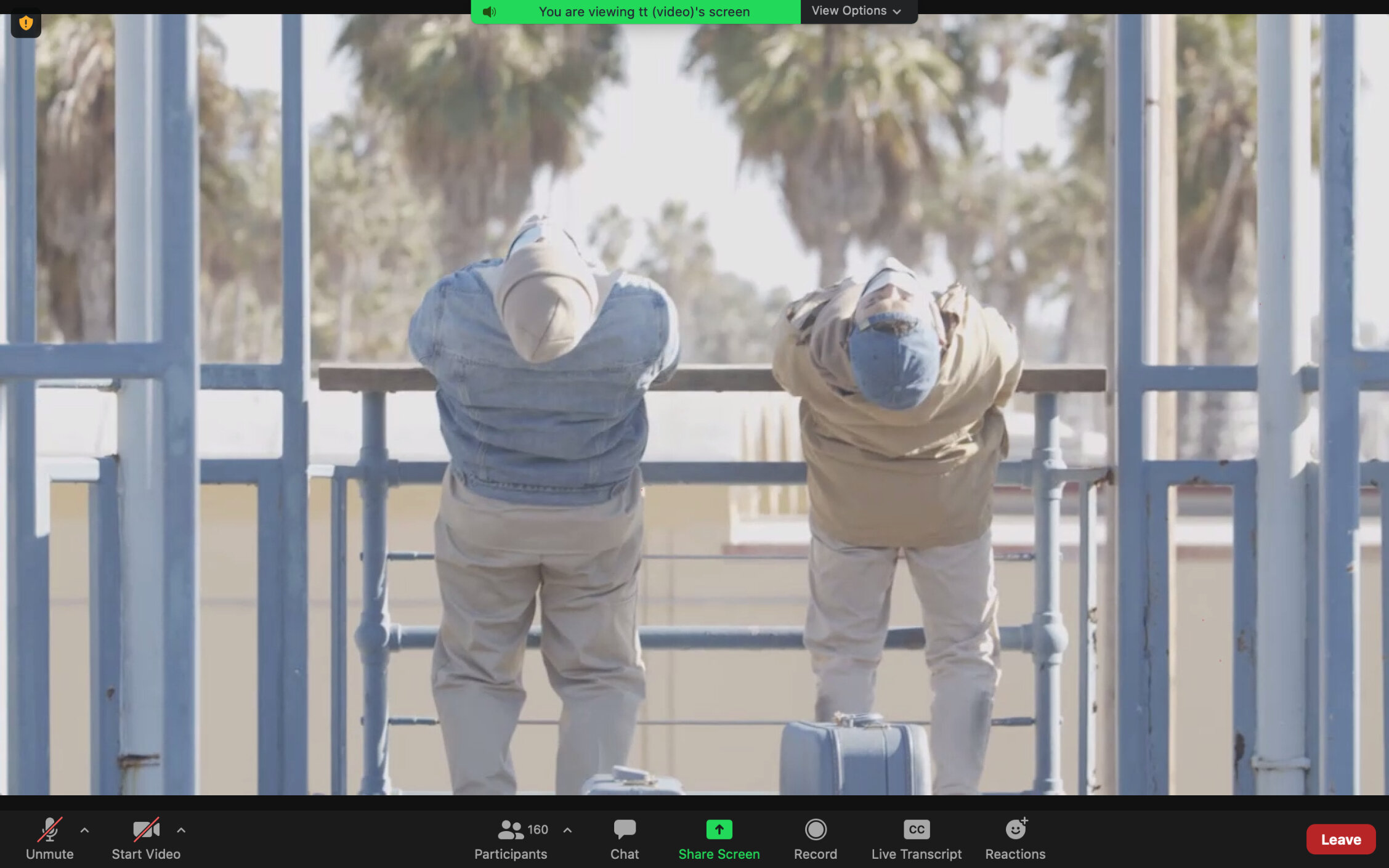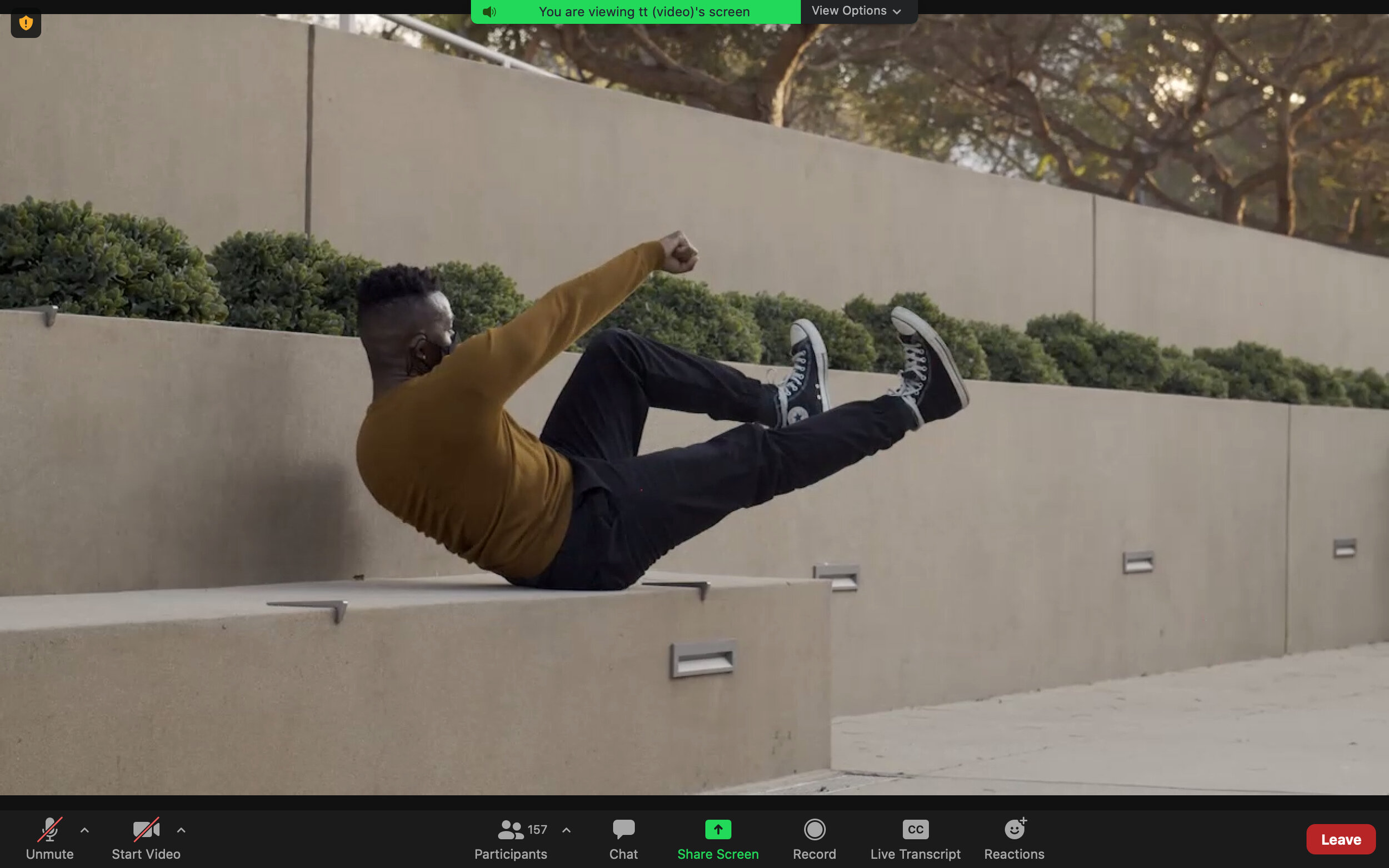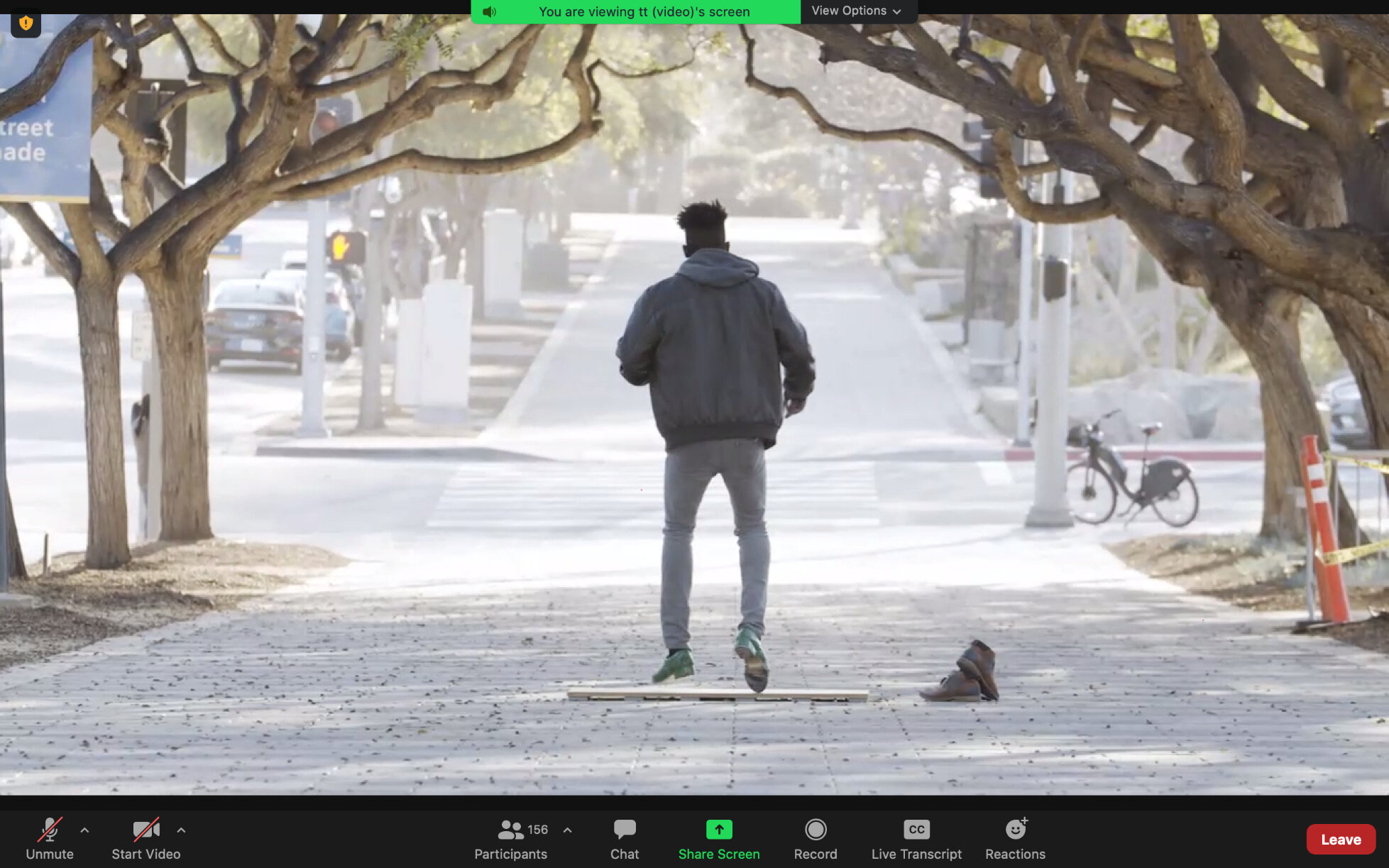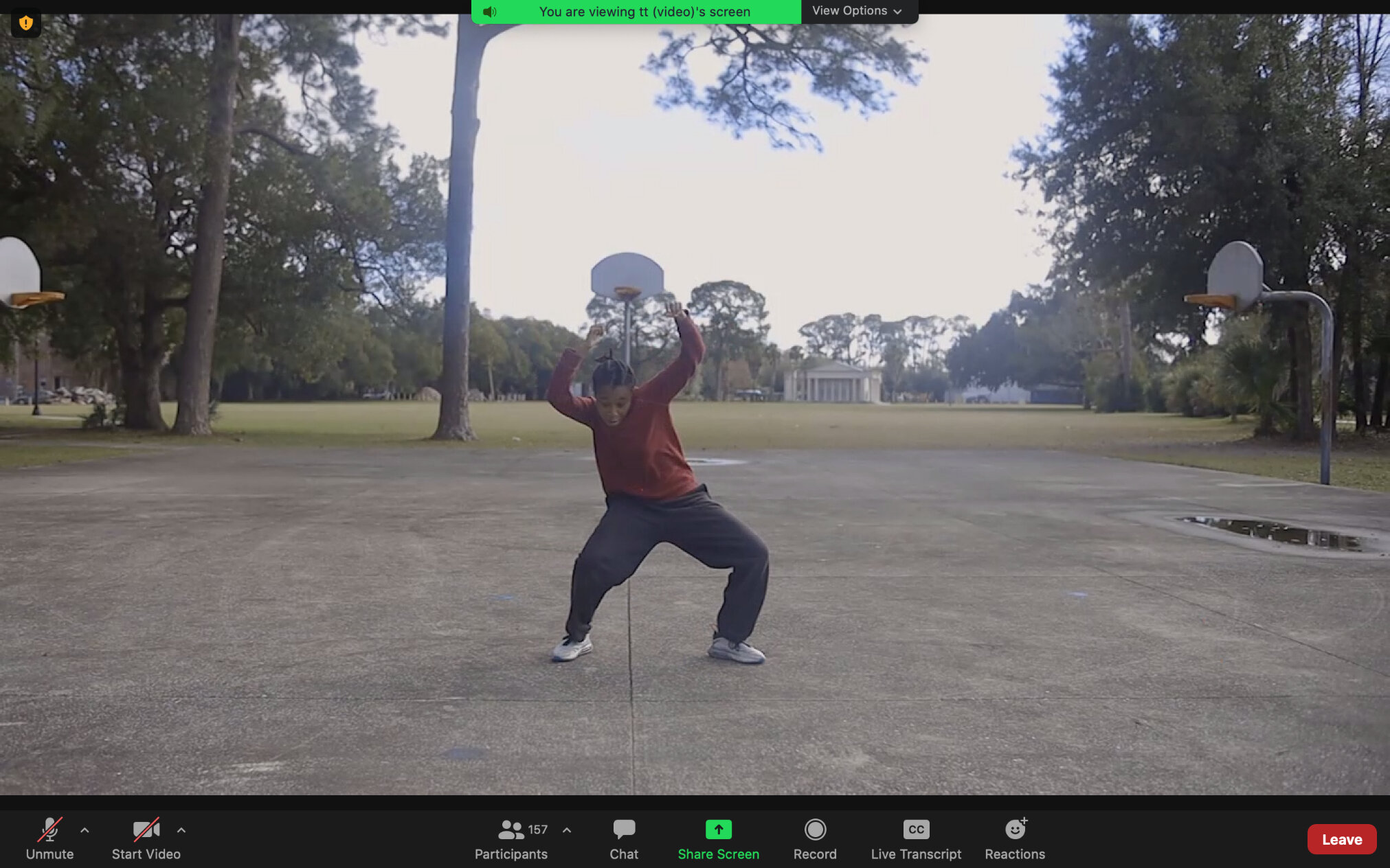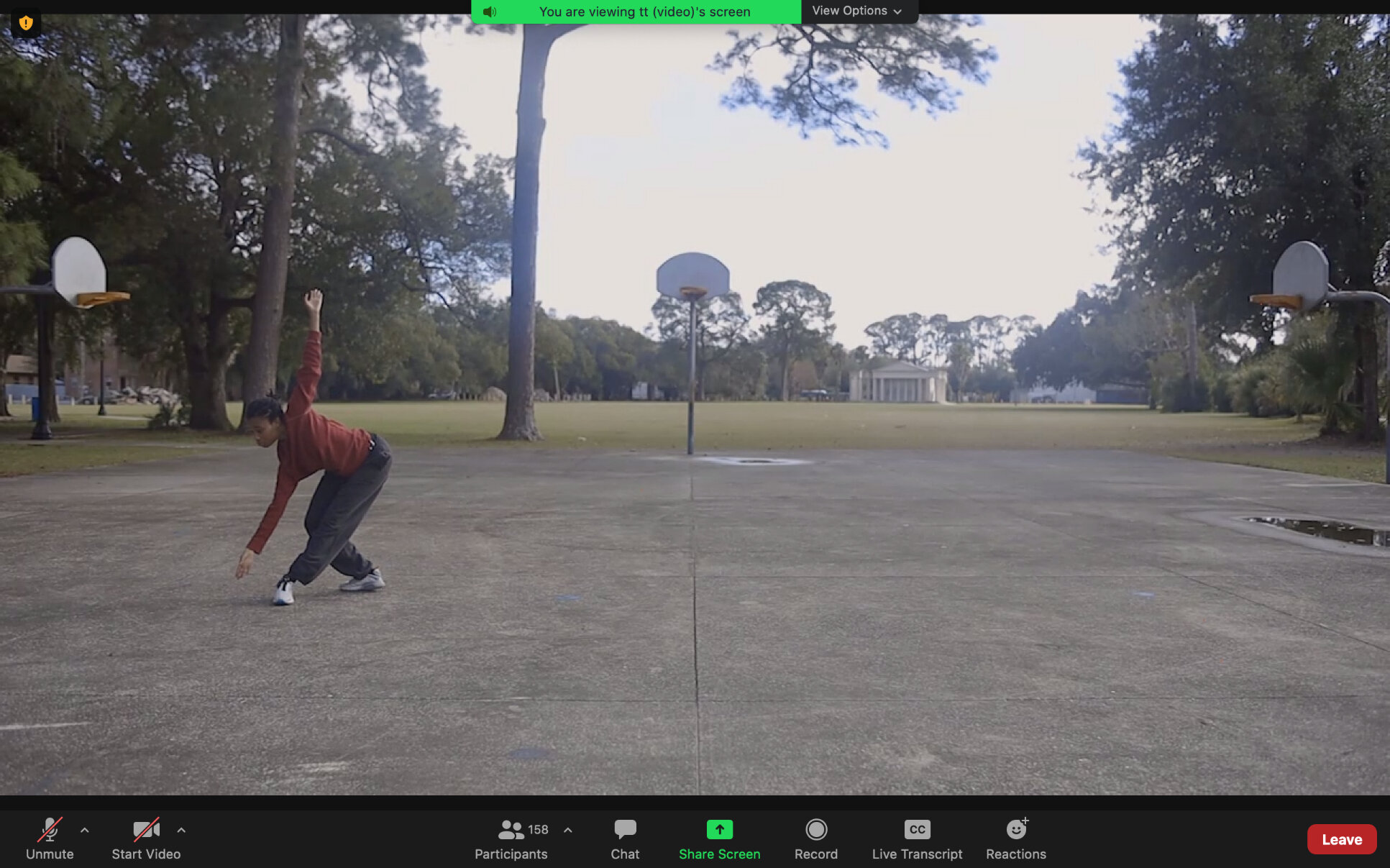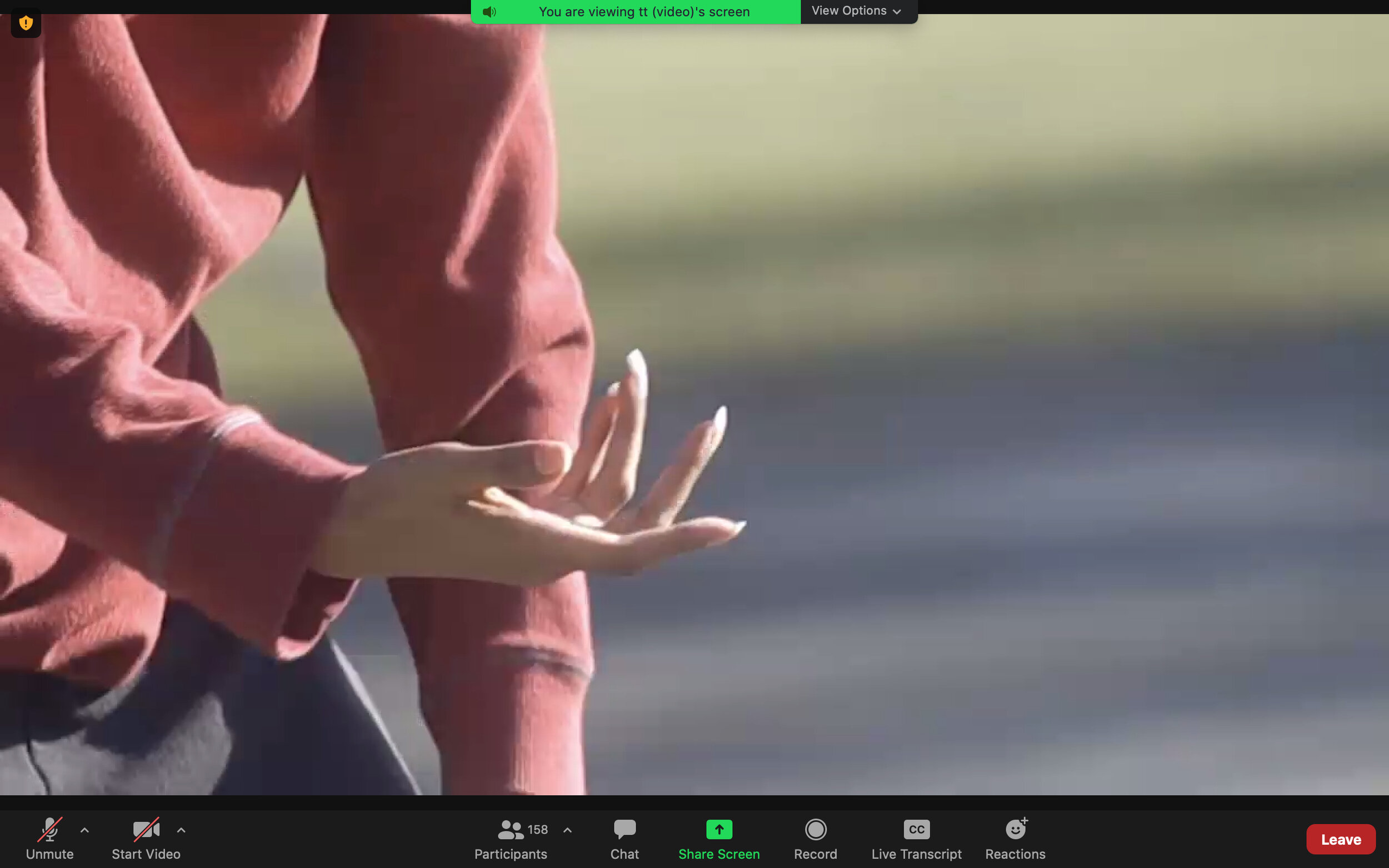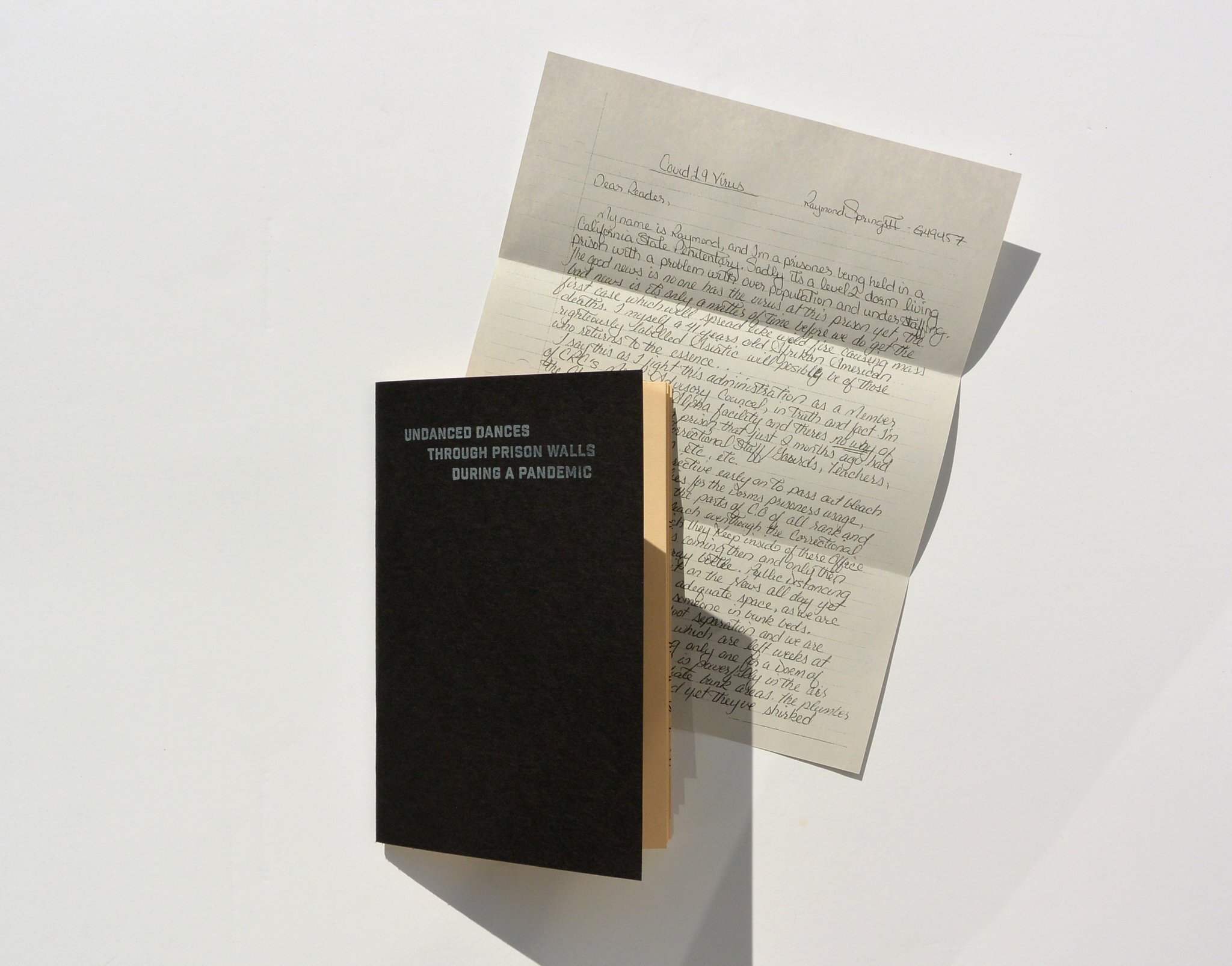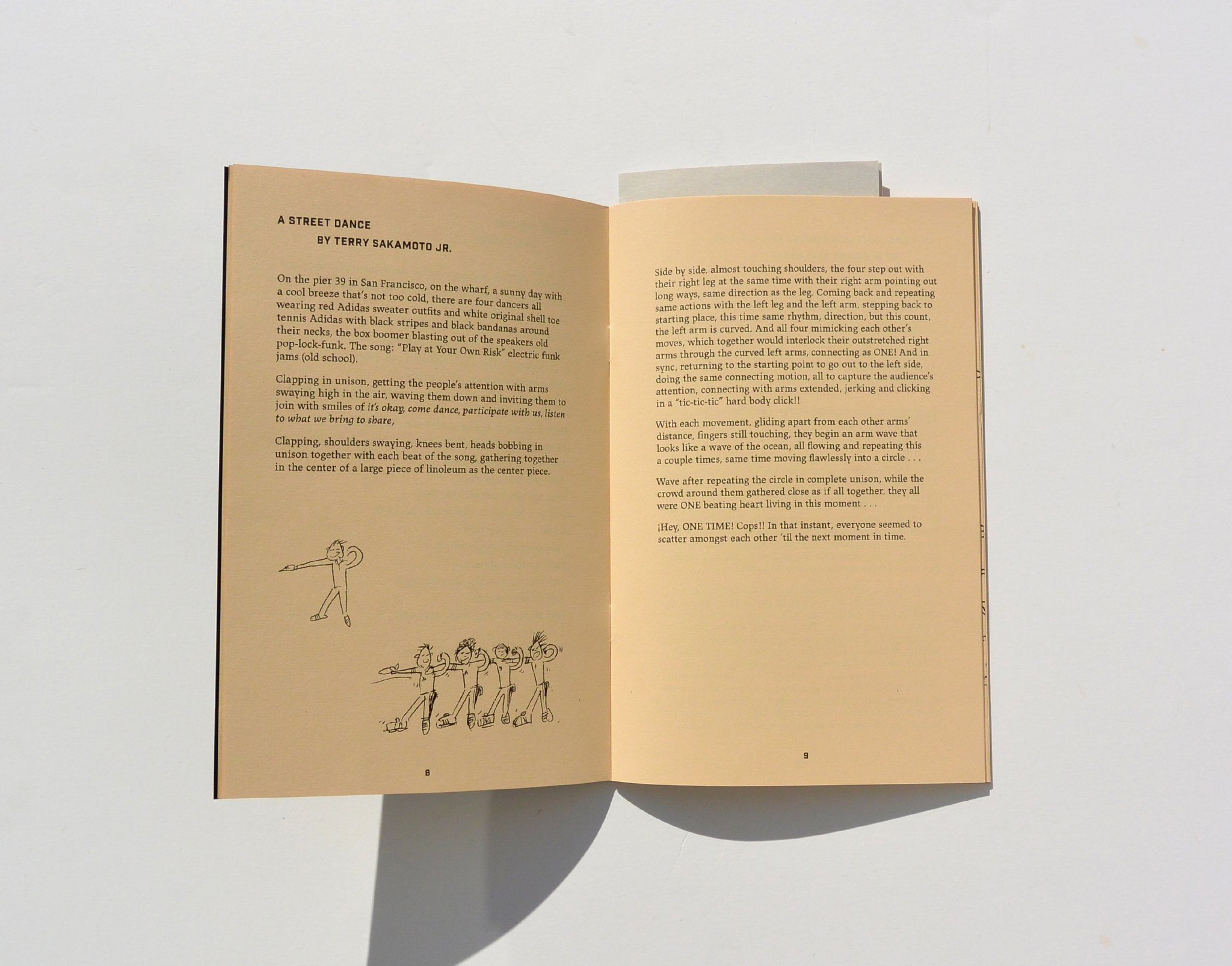written and directed by Catherine Corman
based on the novel Honeymoon by Patrick Modiano
Jean: Roger Corman
Annette: Sally Kirkland
“Song of the Sea” written and performed by Emahoy Tsegué-Maryam Guèbrou
Jean (Roger Corman), an undersea explorer and documentarian, has begun to question his life’s work. Skipping a flight to Rio for his next expedition, he returns instead to the city, revisiting the places that inspired his quest for adventure, hoping to rediscover the longing that drove him to the ends of the earth, and which now pulls him back to his own past.
A statement from the artist:
“Years ago, I wrote a book about the Surrealist sculptor Joseph Cornell. His enchantment with the sea led to portraits of the mythical water nymph Undine, an homage to Descartes made of driftwood, and variations on Chardin constructed out of seashells. The sea became a sort of metaphor for art, each visible and knowable, and yet a mystery.
Another kindred spirit of the Surrealists was the undersea filmmaker Jean Painlevé, whose slow motion underwater ballets starring seahorses, starfish and seashells, illuminated the secrets of the depths of the sea. His mute, lyrical images are a poetic ideal that inspired Lost Explorer.
Painlevé and Cornell explored ways of creating art by of observing objects in the world, things as they are — sea creatures drifting along ocean currents, old postcards of mermaids, faded slides of white seashells - and revealing their natural, inadvertent beauty.
In this film I have tried to observe the world and gently arrange it into poetry. I shot existing locations, unaltered. There was no crew — no set dressing, no lighting, no costumes. All the clothes my father wears are his own, all the props were found around our house.
This is the simplest sort of filmmaking, more an observation of the world, with careful attention to all of its latent poetry, and openness to the mystery and beauty, barely hidden, waiting to be discovered.”
Object (Soap Bubble Set) (1941), Joseph Cornell
Still from The Seahorse (1931), Jean Painlevé
Catherine Corman's short films Lost Horizon and Little Jewel, based upon the work of Nobel Laureate Patrick Modiano, were long-listed for the Academy Award. Little Jewel was also invited to the Cannes Film Festival. Her short film Les Non-Dupes screened at the Berlin Biennale. Her book of photographs, Daylight Noir, was exhibited at the Venice Biennale and is included in the collection of the Museum of Modern Art. She was educated at Harvard College and Oxford University.
Roger Corman is an Academy Award winning filmmaker who has been honored by the Cinémathèque Française, the British Film Institute, and the Museum of Modern Art. He has made over five-hundred films, including a series of Edgar Allan Poe films, and a number of films chronicling the 1960s counter-culture. His film The Wild Angels was the opening night film at the Venice Film Festival. He received the first Producer’s Award at the Cannes Film Festival. He distributed films by Ingmar Bergman, François Truffaut, Federico Fellini, and Akira Kurosawa in America.
Patrick Modiano received the 2014 Nobel Prize in Literature. In his citation, the Nobel Committee highlighted “the art of memory with which he has evoked the most ungraspable human destinies and uncovered the life-world of the occupation." He has also received the Grand Prix du roman de l'Académie française and the Prix Goncourt. He is the author of more than forty books.
Sally Kirkland was nominated for an Academy Award for Best Actress for her performance in Anna, for which she also received a Golden Globe for Best Performance by an Actress in a Motion Picture, an Independent Spirit Award for Best Female Lead, and a Los Angeles Film Critics Association Award for Best Actress. A former member of Andy Warhol’s Factory, she has appeared in over two-hundred films.






